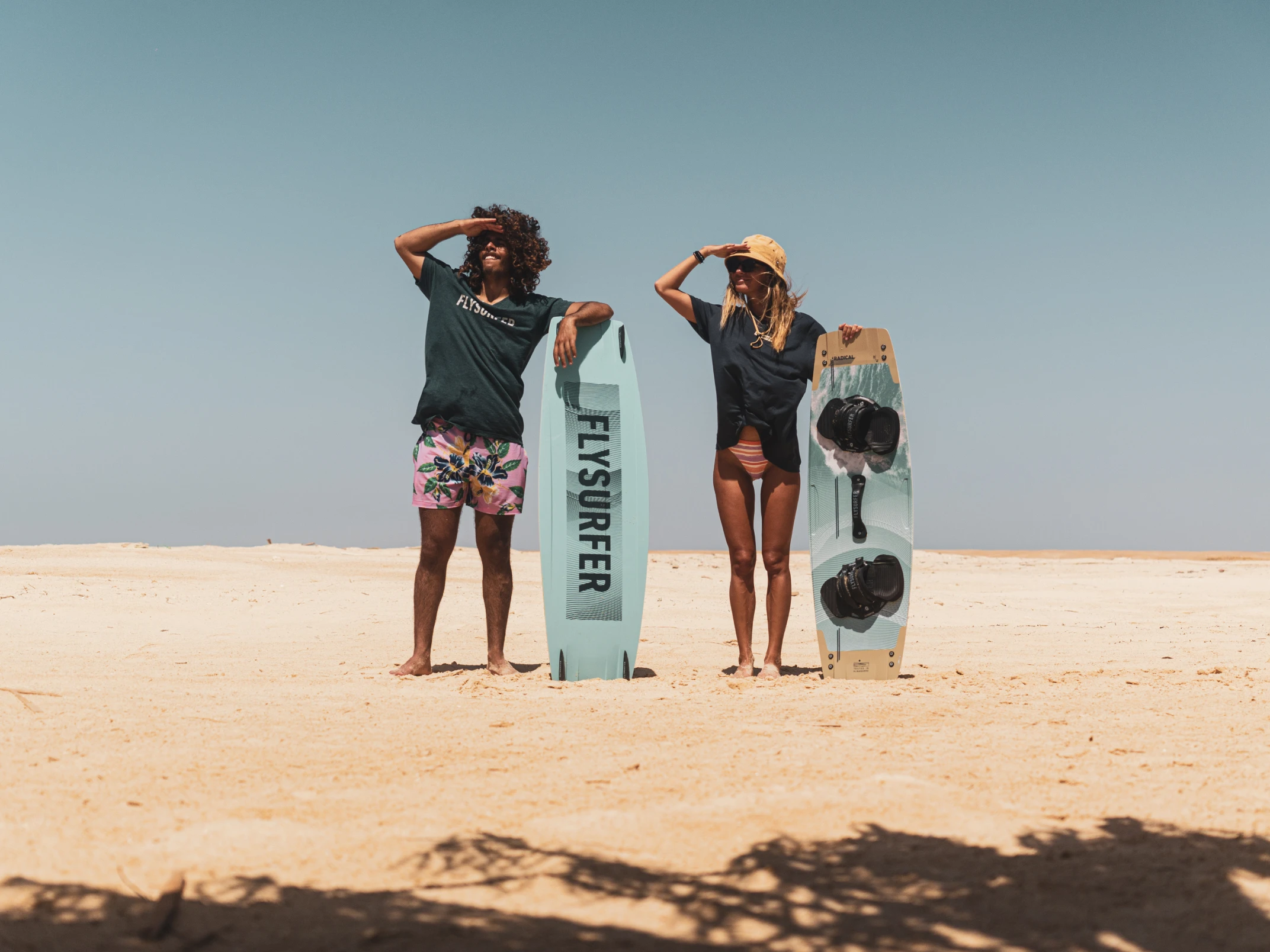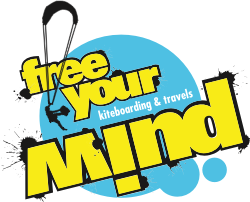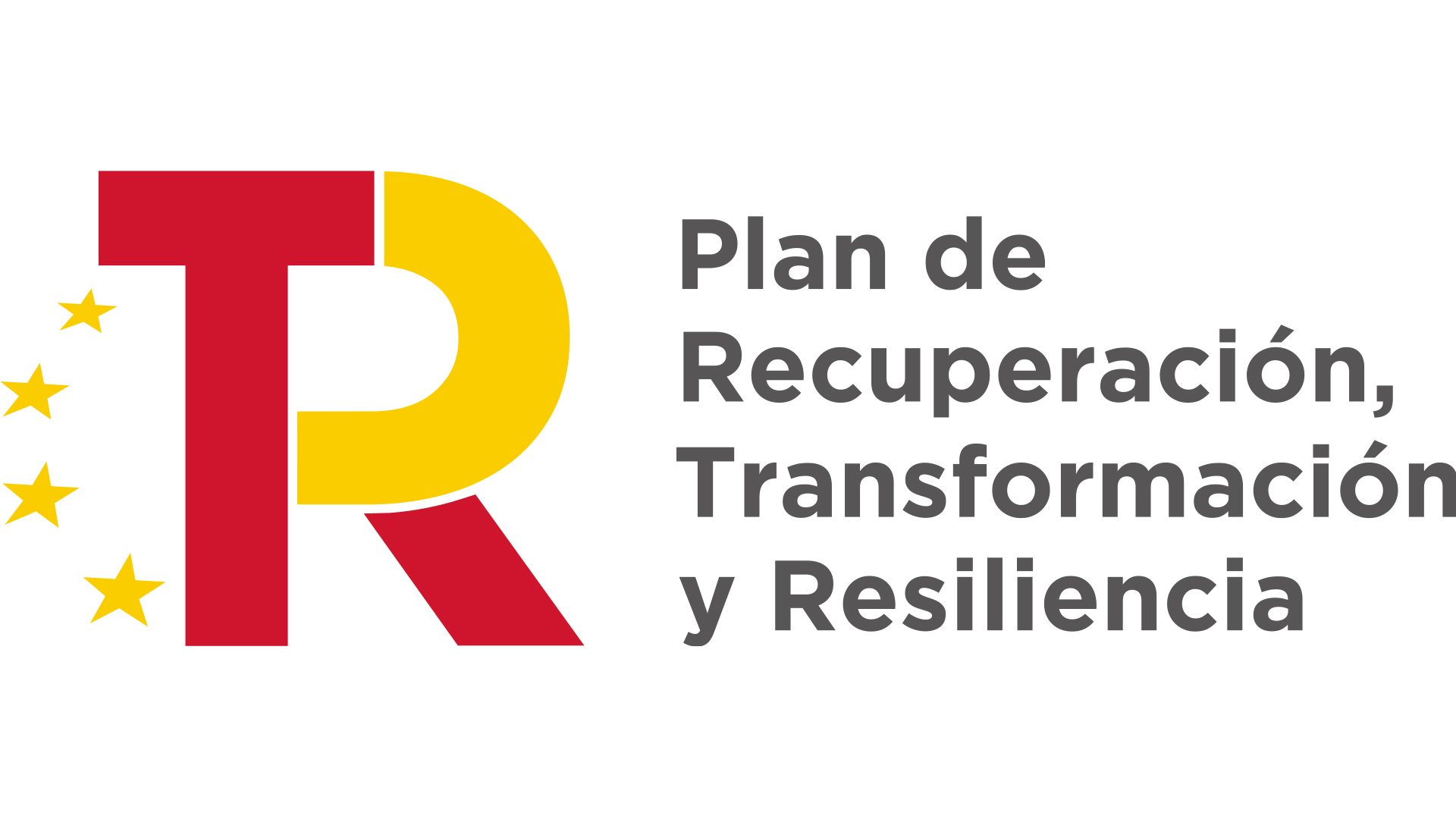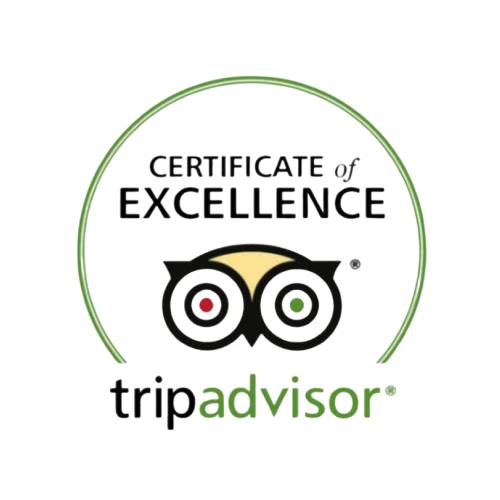FAQs
These are the questions we get asked the most about our classes, camps, and destinations.
Call us or send us a WhatsApp message during consultation hours to briefly explain your question.
Kitesurf
Is it hard to learn kitesurfing?
Learning kitesurfing can be challenging at first, but with proper instruction, a positive attitude, and practice, most people become independent within 3 to 5 days.
When is the best time to learn kitesurfing in Tarifa?
Tarifa is one of the windiest places in the world, making it possible to learn kitesurfing almost any day of the year. We have two main beaches for practice: Los Lances Norte and Valdevaqueros.
How do you learn kitesurfing?
Learning involves lessons with certified instructors, covering topics such as kite control, launching and landing, body dragging, board skills, and water safety.
What are the ideal wind and water conditions for kitesurfing?
Steady winds between 12 and 25 knots and relatively calm waters are ideal. Fortunately, in Tarifa, there’s almost always wind.
Can I improve my kitesurfing skills with you?
Yes, we offer advanced skills training such as freestyle tricks, wave riding with a surfboard, strapless tricks, foil kitesurfing, and Big Air maneuvers.
What equipment do I need for kitesurfing?
You’ll need a kite, bar with lines, harness, board, leash, helmet, life vest, and wetsuit. We provide high-quality gear from the brand FLYSURFER.
Can I kitesurf anywhere?
Kitesurfing can be practiced on lakes, rivers, and oceans. In Tarifa, we mainly teach at Los Lances Norte and Valdevaqueros. It’s important to check local regulations before kitesurfing in a specific area.
Where are you located and where do you teach?
Our main base is in Tarifa, right in front of Chiringuito Agua, on Los Lances beach.
What should I bring to my kitesurfing lesson?
We recommend water-resistant sunscreen (SPF 30–50), a beach towel, flip-flops, light clothing, and a light windbreaker for cooler afternoons.
Rents
Can I rent equipment if I already know how to kitesurf?
Yes, we offer equipment rental from the brand Flysurfer, including a wide selection of kites and boards.
What’s included in the kitesurf equipment rental?
Our rental packages include kite, board, wetsuit, harness, and pump. You can also rent safety gear such as a helmet and impact vest.
How do I know what size kite and board to rent?
The right size depends on your weight and the wind conditions. Our professional instructors will help you choose the appropriate gear upon arrival.
What should I do if I’m not sure about my kitesurfing level?
If you don’t have an IKO or similar license, we’ll assess your level. If you’re independent and confident, you can rent equipment. We also offer a supervision program for added safety.
Yoga
I went to a beginner yoga class but it felt too advanced. Does that mean I can’t do yoga?
Of course you can! Some classes labeled “beginner” can still be challenging. We offer sessions truly tailored for beginners, as well as private classes to help you get started.
Where do you hold the yoga classes?
Classes are held either in the studio or on the beach, depending on the weather, the time of year, and the group’s preferences.
Are your yoga instructors certified?
Yes, all our instructors are certified and experienced.
What style of yoga do you usually teach?
Mainly Hatha Vinyasa, but we adapt the style based on the group’s needs.
What can I expect from surf lessons?
Classes begin with an introduction to safety, equipment, and basic principles on land. Then, instructors will guide you into the water to practice paddling, catching waves, and standing up on the board.
Can I participate if I already know how to kitesurf?
Yes, we offer lessons and equipment to improve your kitesurfing skills, including a variety of advanced tricks and maneuvers tailored to different styles.
What happens if there is no wind?
We always have alternative activities planned, such as kitesurfing theory lessons on the sand, wakeboarding, hiking, local sightseeing, surfing, and yoga sessions on the beach or in a studio. You can also opt for whale watching or excursions to Gibraltar or Tangier.
What is the best time to visit Tarifa?
Although the best winds are usually from April to October, Tarifa is windy year-round. The high season is from mid-June to mid-September, when the weather is warmer and there's more activity.
Do I need a wetsuit in Tarifa?
In spring, fall, and winter, a full-length wetsuit (4/3 mm) is recommended. In summer, you can wear a thinner one (3/2 mm), a shorty, or even skip the wetsuit, depending on how long you plan to be in the water.Free your Mind – Holistic experiences
Is Tarifa suitable for beginners?
Tarifa can be challenging on some days, but it also offers perfect conditions for all levels. Learning here will prepare you to kitesurf anywhere in the world.
Is Tarifa a suitable destination for families?
Yes, Tarifa is family-friendly, with children's activities such as nature walks and wildlife watching. It also offers family-friendly restaurants and accommodations.Free your Mind – Holistic experiences
What are the entry and visa requirements for Spain?
EU citizens can enter with a valid passport or ID. Low-cost flights to Tarifa are available from a variety of airlines, including Ryanair, Iberia, AirBerlin, Norwegian, and EasyJet.Free your Mind – Holistic experiences
What should I pack for my trip to Tarifa?
Bring warm clothing for the evenings, as they can be chilly. It's also helpful to rent a car, as many beaches and beach bars are located outside the city center, sometimes more than 17 km away. This will allow you to explore the natural parks and incredible places surrounding Tarifa.
Need more help?
Whether you're planning your first trip to Tarifa or already counting down the days to come back, we're here to help.
Our team —both online and in Tarifa— is here to answer your questions and support you with whatever you need.
We know the area well —the best spots to ride, charming places to stay, and everything you can do before or after your lessons.





